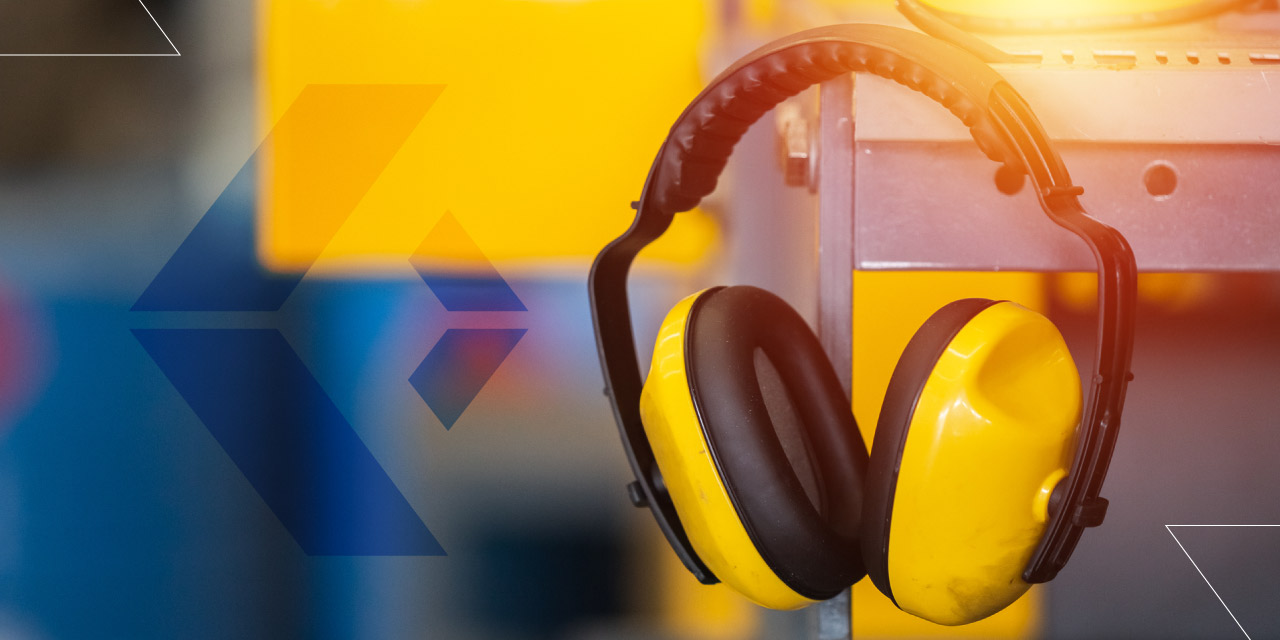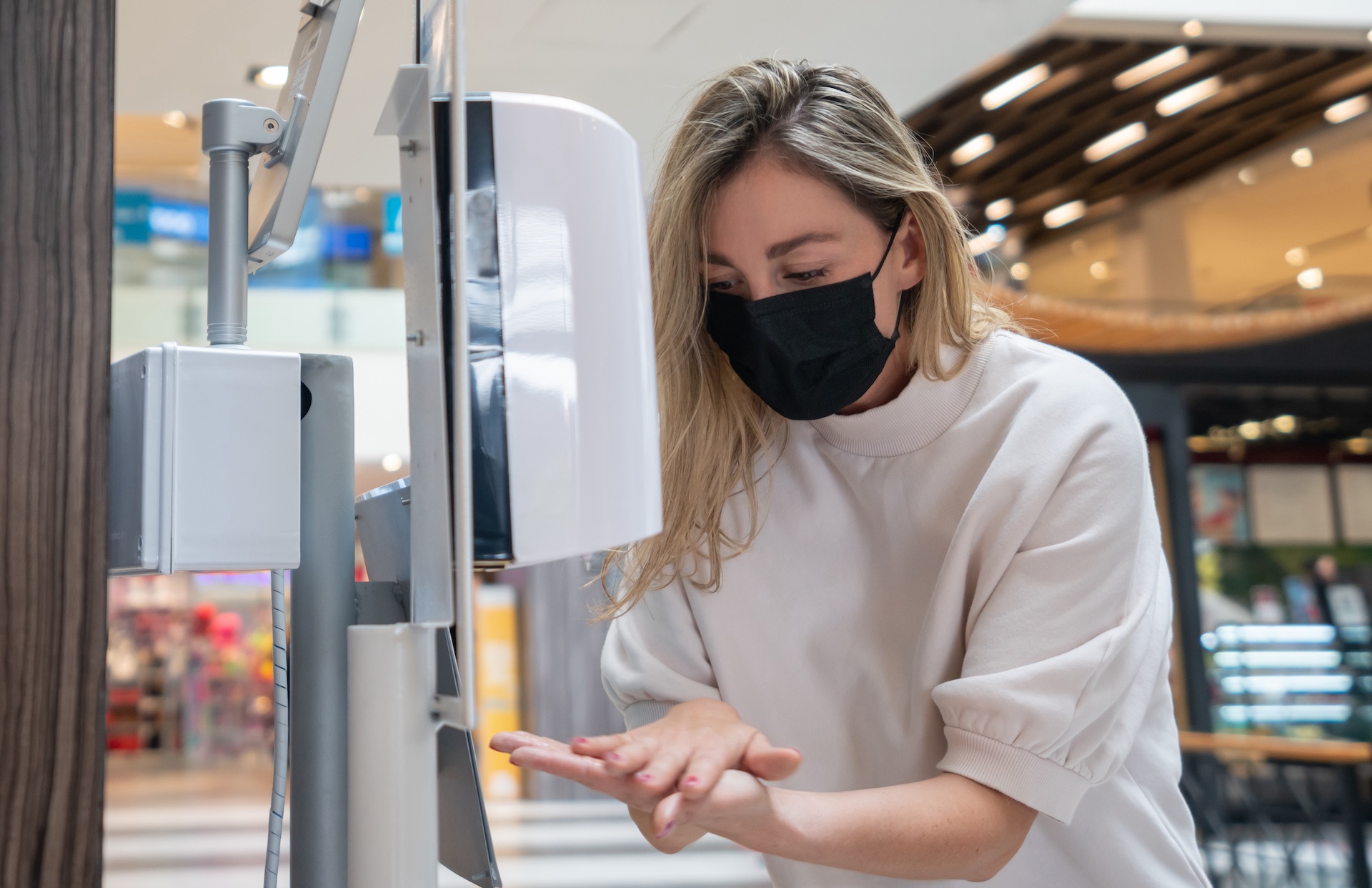While those numbers and suggestions are practical for the average person, employees who are working in an abnormally loud environment should take extra precautions to avoid permanent hearing loss. A study by the National Institute for Occupational Safety and Health (NIOSH) analyzed U.S. workers to identify how many encounter dangerous noise levels in the workplace. They found hazardous noise levels affect about 22 million workers in America, and that hearing loss accounts for around $242 million of the nation’s workers’ compensation payments annually.
In a follow-up study, the NIOSH found that of those 22 million workers, 23% of them went on to experience significant difficulty hearing. Another 15% have tinnitus, a condition that leads to a continuous buzzing or ringing in the ear, despite a lack of sound. People can experience tinnitus in one or both ears. A separate 9% of the workers in the study suffer from both tinnitus and hearing difficulty. These statistics make hearing loss and auditory issues among the country’s most common work-related health issues.























